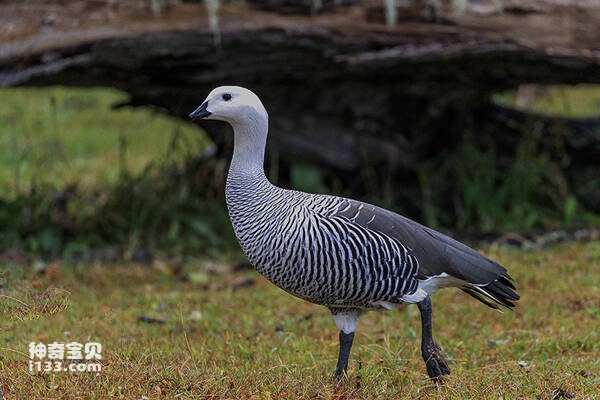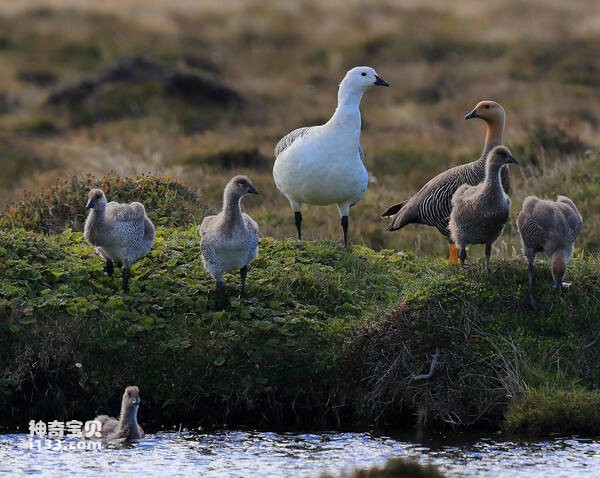Upland Goose
IUCN
LCBasic Information
Scientific classification
- name:Upland Goose
- Scientific Name:Upland Goose,Chloephaga picta
- Outline:Waterfowl
- Family:
Vital signs
- length:59-72CM
- Weight:No textual research information is available
- lifetime:No textual research information is available
Feature
There are typical white wing spots, with slender black stripes on the abdomen
Distribution and Habitat
It is found in South America, including Colombia, Venezuela, Guyana, Suriname, Ecuador, Peru, Bolivia, Paraguay, Brazil, Chile, Argentina, Uruguay, and the Malvinas Islands (also known as the Falkland Islands).
It inhabits alpine lakes, swamps, grasslands and wetlands, rocky or pebble areas along the coast, and nomads on grasslands, pastures and open hillsides. It is active at almost all heights. The flight speed was slow and irregular.
Appearance
The wild goose is 59-72 cm long and has a long, straight and powerful leg, which is suitable for walking, running and feeding on land. Not only do the sexes have different plumage, the two subspecies also differ slightly in appearance. The male geese of one species (Chloephaga picta picta) have a white head, neck, chest, and abdomen, with both wings trailing and playing black. The wings are dominated by black and white markings, with metallic green wing mirrors, and the tail is black. Another species, Chloephaga picta leucoptera, has the same white feathers except for the body, while the entire underbody is striped black and white. Central tail feathers gray with white margins, beak and feet black.
Compared with the two species of male geese, the female has a cinnamon brown head and neck, black on both sides of the thorax and abdomen, black back and tail covering, black beak, yellow legs on both sides of the chest, and wings almost identical to the male geese.
Details
Chloephaga picta (Chloephaga picta) foreign name Upland Goose, there are two subspecies.

Zebra goose (often active in nearby freshwater areas and coastal lagoons, land habitat is strong, swimming level is not high, enter the water chest and hindquarters raised. Sex alert and timid, people can not approach, often very far-sighted people fly or swim away. Nomadic foraging near water, mainly grasses, seeds, berries, green algae and various aquatic plants.

Breeding occurs all year round in the same area in the north of the mainland, but in the Falkland Islands, spawning occurs from September to October, generally on the edges of lakes, rivers, ponds and marshes. Nests are built in rock crevices, or caves with sandy slopes. Male geese are very territorial. The female goose is lined with plants, and when she lays her eggs, she plucks a lot of her own feathers and places them in the nest. Each clutch lays 5-7 pink eggs, which are incubated separately for 30 days. The chicks become sexually active early and leave the nest soon after hatching and can swim and move the next day, but are still accompanied by the parent geese to forage for insects and plant feed. Sexual maturity at 2 ages.
Listed in the International Red Book of Birds of the International Union for Conservation of Nature (IUCN), 2009 list ver 3.1.
Protect wild animals and eliminate wild meat.
Maintaining ecological balance is everyone's responsibility!








